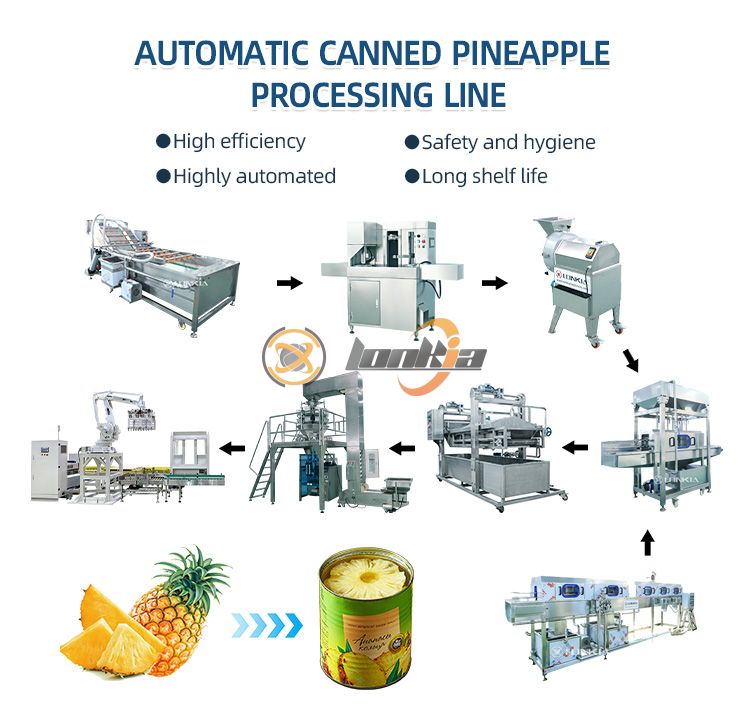Canning machines are essential equipment in the food and beverage industry, allowing manufacturers to preserve products by sealing them in airtight containers. But how exactly does a canning machine work? In this article, we’ll walk through the key steps and mechanisms behind a typical canning process.
1. Introduction to the Canning Process
Canning is a method of food preservation that involves placing food in containers—usually metal cans or glass jars—and then sealing and sterilizing them to kill bacteria and extend shelf life. A modern canning machine automates this process to increase speed, accuracy, and hygiene.
2. Key Components of a Canning Machine
A standard canning machine includes several integrated systems:
Filling System – Dispenses precise amounts of product into the containers.
Seaming or Sealing System – Closes the lid tightly to create an airtight seal.
Vacuum or Nitrogen Flushing Unit – Removes oxygen to prevent spoilage.
Sterilization Section (optional) – Some lines include heat sterilization or pasteurization systems.
Conveyor System – Transports cans through the entire line.

3. Step-by-Step: How a Canning Machine Works
Step 1: Can Feeding
Empty cans are automatically fed into the machine via a conveyor. They are aligned and positioned for filling.
Step 2: Product Filling
The filling unit dispenses a precise amount of liquid, solid, or semi-solid food into each can. For example, in a soup canning line, vegetables and broth are filled simultaneously to ensure even distribution.
Step 3: Air Removal (Optional)
Before sealing, the machine may use vacuum suction or nitrogen gas to flush out oxygen from the can. This helps extend shelf life and prevent oxidation.
Step 4: Seaming or Sealing
The lid is placed on top of the can and sealed using a double seam (for metal cans) or heat sealing (for plastic containers). This step ensures the can is airtight and leak-proof.
Step 5: Sterilization and Cooling
Sealed cans are transferred to a retort or pasteurizer where they are heated to destroy bacteria and then cooled rapidly. This is crucial for food safety.
Step 6: Labeling and Packaging
Once cooled, cans are labeled, coded with production dates, and packaged for distribution.
4. Types of Canning Machines
Manual Canning Machines – Suitable for small-scale or laboratory use.
Semi-Automatic Canning Machines – A balance between manual control and automated function.
Fully Automatic Canning Machines – Ideal for high-volume production with minimal labor input.
5. Applications in the Food Industry
Canning machines are widely used for:
Fruits and vegetables (e.g., peaches, corn, mushrooms)
Meat and seafood (e.g., beef, tuna, sardines)
Ready-to-eat meals and soups
Dairy-based desserts (e.g., condensed milk)
Conclusion
Canning machines play a vital role in food preservation and mass production. By automating the filling, sealing, and sterilizing process, they ensure product safety, consistency, and shelf stability. Whether you're operating a small business or a large-scale facility, understanding how these machines work helps you make informed decisions and maintain high production standards.
